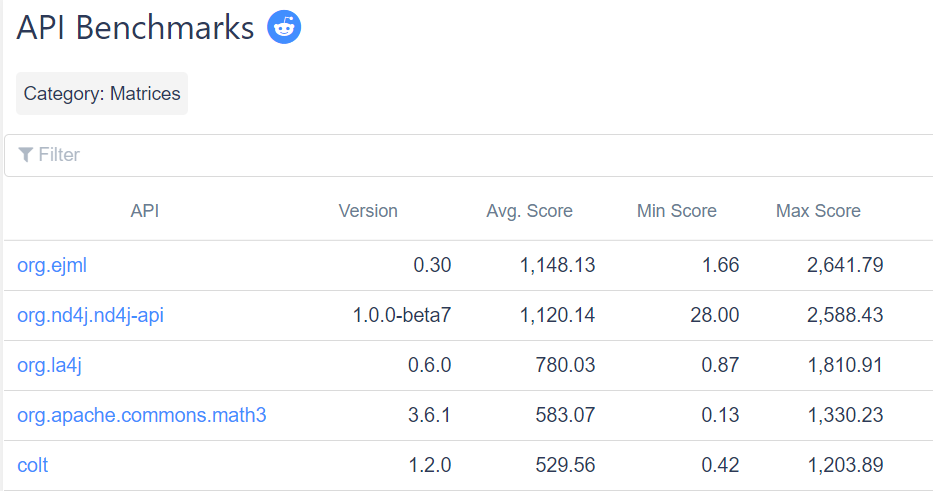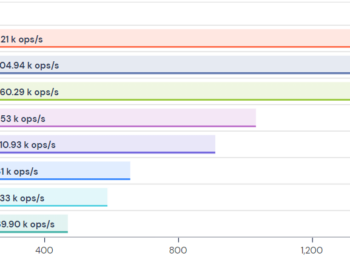
Blockchain and performance testing
- The blockchain is a whole new way to think about systems, services, and processes.
- It offers security and transparency that is extremely valuable for the financial services industry, but it may also be relevant for other sectors. It’s a potentially disruptive technology—a technology that may put many organizations out of business.
That’s why it’s important to test its performance with real-world conditions. By performing testing in a controlled environment, it is possible to generate realistic scenarios that can be used to assess the efficiency and performance of a blockchain in major industry use cases. Blockchain testing can be done at three different levels.
- Layer 1: Consensus model This layer is about the consensus model and how it is implemented within the blockchain. The blockchain is a distributed network, and it needs a consensus model to keep it up and running. It’s important to make sure that the consensus model you choose is reliable and secure. Ideally, it should be based on a proven algorithm that has been well documented.
- Layer 2: Transactions This layer is about the transactions that are performed within the blockchain. This layer is about the transactions that are performed within the blockchain. It’s important to consider the issues of capacity and throughput to make sure that the blockchain can handle the amount of traffic that it might receive from real-world use cases.
- Layer 3: Consensus protocol This layer is about the consensus protocol, which is how the nodes in the blockchain communicate with each other. It’s important to make sure that the protocol is secure and that it’s implemented correctly in the blockchain.
- Blockchain use cases Blockchain technology is a new disruptive force. Many experts believe it will soon change the way we do things. The blockchain gives us the opportunity to rethink how business is done and to create new business models that are more efficient and transparent.
- Here are some of the most common use cases for blockchain technology. Supply chain management The supply chain is a complex ecosystem that involves many different stakeholders.
- The blockchain can make it easier to trace each product back to its origin and to make sure it’s genuine. The blockchain can provide the transparency that will give consumers the confidence they need to buy products. Smart contracts Smart contracts are self-executing contracts that are stored on a blockchain. They can be used to automate certain processes and make them more efficient. They can also be used to manage and control physical assets.
- Digital identity Identity fraud is one of the biggest problems in the digital world. The blockchain can be used to improve digital identity management and to make it easier to verify a person’s identity. Digital voting Voting is another area where the blockchain can be used to improve efficiency. The blockchain can be used to record votes securely and to make sure they can’t be tampered with afterward. Tokenization Tokenization is a common use case for the blockchain. Tokens are digital assets that can be bought, sold, and traded over a blockchain. Supply chain management Smart contracts Digital identity Digital voting Tokenization You can read more about the blockchain here.
- Conclusion The blockchain is a disruptive technology that is likely to change the way we do business. It’s a relatively new concept, and it will take some time to get used to it. But the blockchain is here to stay. It may be hard to implement, but it’s worth the effort. The blockchain offers us the chance to rethink the way we do business. It gives us the opportunity to create new business models that are more efficient and transparent.
Share post
Build better, faster software
Benchmark your Java stack, code, 3rd party libraries, APIs.
Get Started
